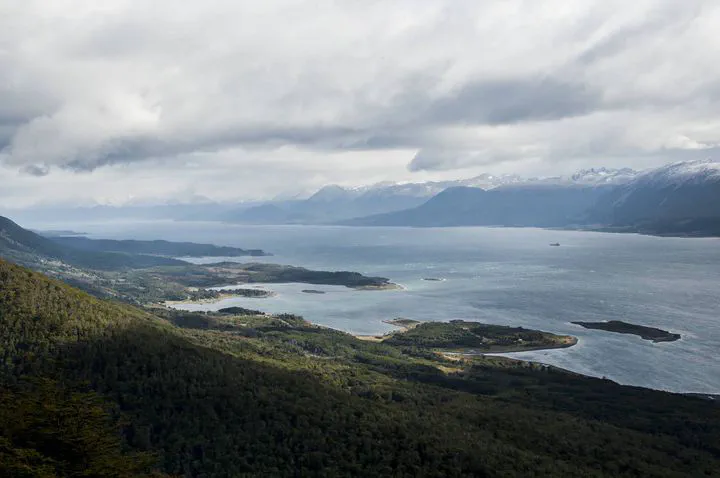Invasive species and biocultural conservation in the Cape Horn Biosphere Reserve

I conducted my PhD fieldwork in the Cape Horn Biosphere Reserve. Since then, I have continue working with my friends and colleagues. My PhD work focused on studying the dynamics and impact of invasive mammalian species across the region. Invasive species are a major global problem. In the past 70 years, twelve mammal species were introduced in the Cape Horn region. I focused on three of the most invasive and harmful species introduced by the fur industry: the American beaver (Castor canadensis), the muskrat (Ondatra zibethica), and the American mink (Neovison vison). These species, native to North America and Canada that naturally interact in their native range, are now creating an assemblage that have a large impact on the structure and functioning of the Magellanic Sub-Antarctic ecosystems.
In this project, we have been addressing several questions:
- How does the invasive American mink adapt to a pristine-island ecosystem?
- Which habitats are mink using and how that changes along the year?
- How do prey species adapt to the new predator?
- What is the impact that American mink predation has on native rodent and bird species?
- How do the three non-indigenous mammal species (American beavers, muskrats, and American mink) interact among themselves to amplify their impacts on biodiversity?
Click the CHBR tag below to see all publications and posts related to this project.